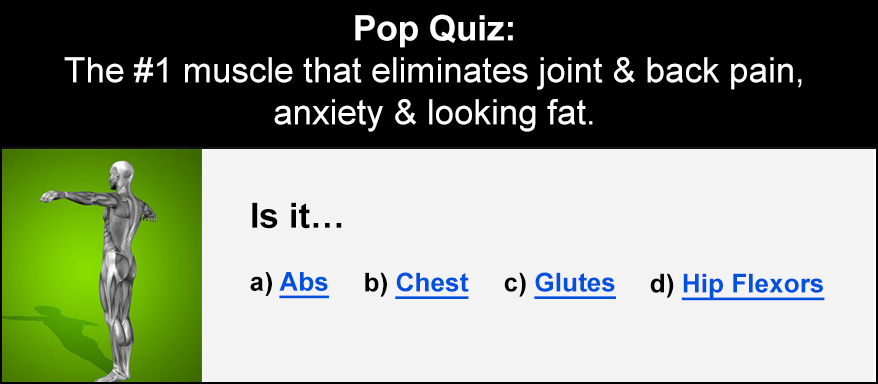Are you tired of being hunched over, experiencing constant back pain, or struggling to stand at times? If so, it’s time to revitalize your posture!
In this article, we’ll explore two fantastic thoracic movements that can work wonders for your body.
These effective exercises target the muscles in your mid-back, helping to improve your upper back mobility and stability. By incorporating these movements into your daily routine, you’ll increase flexibility, reduce pain, and improve the performance of everyday tasks.
So, whether you sit at a desk all day or struggle with back pain, read on to discover how to revitalize your posture with these two amazing thoracic movements.
Importance of Thoracic Mobility
The thoracic spine is located in the upper and middle back and plays a crucial role in our overall body mobility. Thoracic mobility refers to the ability of the thoracic spine to move freely and independently from the rest of the spine.
It is essential for maintaining proper posture, preventing injuries, and enhancing athletic performance. Lack of thoracic spine mobility can lead to various problems, such as lower back pain, neck pain, shoulder impingement, decreased range of motion, and poor posture.
One of the main benefits of thoracic mobility is that it helps maintain proper posture. A mobile thoracic spine allows for better alignment of the head, neck, and shoulders, reducing the stress on these areas and preventing chronic pain. It also helps improve breathing patterns by allowing the rib cage to expand fully during inhalation, increasing lung capacity.
Regular thoracic mobility exercises such as foam roller thoracic extensions, mobility drills, and yoga can help improve upper back mobility and prevent associated problems. Thoracic spine mobility is a crucial component of overall health and should not be overlooked.

2 Great Exercises to Improve Thoracic Spine Mobility
Two effective exercises for improving thoracic mobility are the Cat-Cow and Chair Twist with Extended Arm. Each movement involves thoracic spine extension and rotation.
Upper back exercises help improve extension, which is essential for movements such as reaching overhead or performing a squat. On the other hand, thoracic rotation exercises help improve rotation, which is crucial for movements such as twisting or throwing a ball.
1. Cat-Cow
For this exercise, you’ll need a stable chair.
Begin in an upright position on the front of a chair with your feet flat on the floor, shoulder-width apart. Maintain good alignment with your head, shoulders, and hips. Place your hands on the back of your head. Tighten your abdominal area. Gently round out your mid-back as you slowly lower your head and elbows towards your chest. Then, alternate by slowly looking upward as you arch your back and spread your elbows out wide. Repeat the sequence of movements. Start with 3 to 5 repetitions.
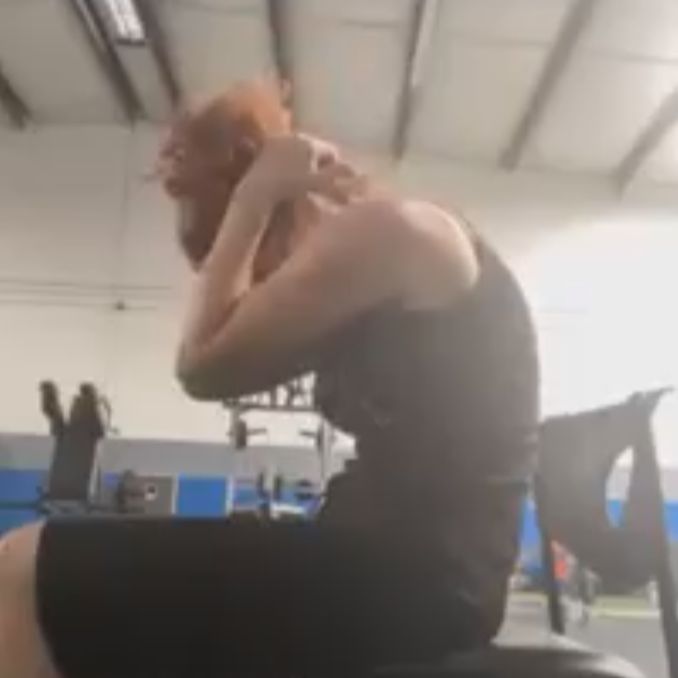
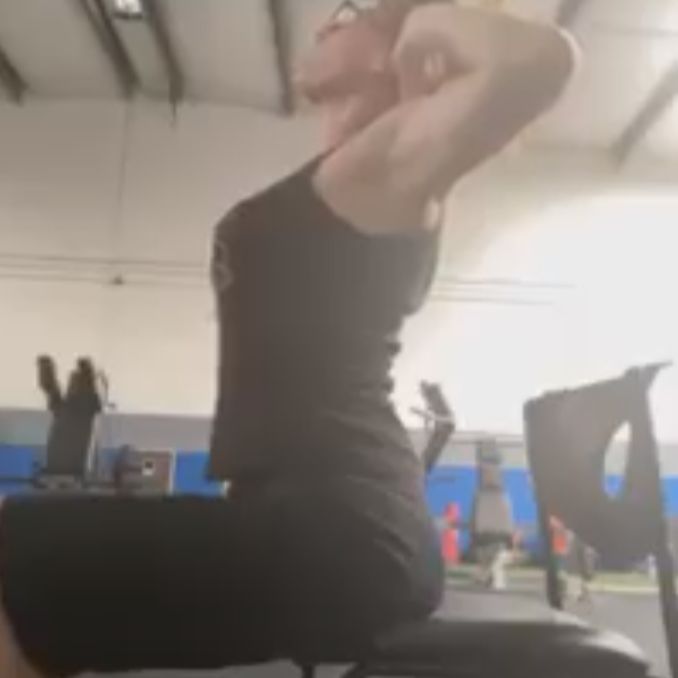
Cat-Cow
2. Chair Twist with Extended Arm
This exercise is also called T Spine Rotation with Bent Knees.
Begin in an upright standing position with your feet shoulder-width apart, maintaining good alignment with your head, shoulders, hips, and feet. Bend your knees like you’re sitting on an invisible chair and place your left hand on your right leg, slightly above your knee. Hang your right arm down to point your fingers to the floor. Slowly twist your upper body to the right and extend your right arm toward the ceiling. Let your head follow the direction of your hand. Keep your gaze upward and hold this position for a few deep belly breaths. Return to the starting position and repeat the movement. Start with 3 to 5 repetitions on each side.

Chair Twist with Extended Arm
These two exercises can help improve thoracic mobility and reduce the pain and discomfort associated with a stiff spine.
Common Mobility Issues in the Thoracic Spine
The upper back can become immobile and lead to discomfort due to a sedentary lifestyle and poor posture habits. Thankfully, some exercises and stretches can help improve thoracic mobility. These thoracic spine extensions can help alleviate stiffness and improve range of motion.
Ignoring mobility issues in the thoracic spine can lead to bigger problems, such as chronic pain and even nerve damage. So, take care of your upper back and incorporate exercises that promote good mobility.
Spine Anatomy & Function
Understanding spine anatomy and function is essential for maintaining proper spinal health and preventing injuries or conditions that can cause pain or discomfort. Regular exercise, good posture, and proper lifting techniques can all help keep your spine healthy and functioning properly.
The spine, also known as the vertebral column or backbone, is a crucial part of the human body’s anatomy. It serves as the primary support structure for the body, protecting the spinal cord and allowing for movement and flexibility.
It serves as a conduit for the spinal cord, which connects the brain to the rest of the body’s nervous system. The spinal cord is responsible for transmitting signals between the brain and various parts of the body, allowing for movement, sensation, and reflexes.
The backbone is composed of 33 individual vertebrae stacked on top of one another, separated by intervertebral discs, and held together by ligaments and muscles. It houses many important blood vessels that supply nutrients and oxygen to body parts.
The vertebral column is divided into 5 regions:
-
-
- Cervical
- Thoracic
- Lumbar
- Sacral
- Coccygeal
-
1. Cervical Spine
The cervical spine (neck) is the uppermost segment of the vertebral column, consisting of seven vertebrae labeled C1 to C7. It supports the weight of the head and enables a wide range of motion, allowing us to tilt, turn, and nod our heads.
Each cervical vertebra has a complex structure that includes a vertebral body and several processes that serve as attachment sites for muscles and ligaments.
The function of the cervical spine is crucial to our daily activities. It provides support for the head, protects the spinal cord and nerves, and enables movement of the neck.
Any injury can result in pain, stiffness, numbness, or weakness in the neck, shoulders, arms, or hands.

2. Thoracic Spine
The thoracic spine is located between the cervical and lumbar spines and comprises 12 vertebrae. It is responsible for providing support to the rib cage and protecting the vital organs within the chest cavity, such as the heart and lungs.
Each thoracic vertebra is shaped like a heart, with a wide, flat spinous process that protrudes from the back of the bone. These processes are what we can feel when we run our fingers down our spine.
One of the primary functions of the thoracic spine is to provide stability for the upper part of the body. The rib cage is anchored to the thoracic vertebrae via joints called costovertebral joints, which allow for limited movement while still providing support.
Problems with the thoracic spine can cause various symptoms, including pain, stiffness, and difficulty breathing.
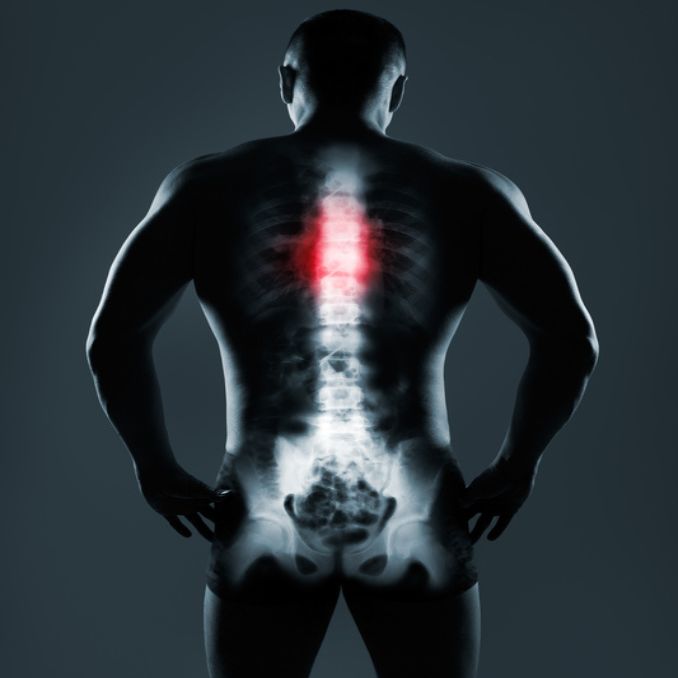
3. Lumbar Spine
The lumbar spine (lower back) is a complex structure composed of bones, joints, ligaments, and muscles that work together to provide support, stability, and range of motion.
It consists of 5 vertebrae labeled L1 to L5, which are larger and stronger than the other vertebrae in the spine due to the increased weight-bearing demands of the lower back.
The function of the lumbar spine is to support the weight of the upper body and to facilitate movement in multiple directions, including spinal rotation, flexion, extension, and lateral bending.
The lumbar spine is prone to injury and degenerative changes due to its high load-bearing demands and complex anatomical structure.

4. Sacral Spine
The sacral spine is a critical part of the human body’s skeletal system. It is located at the bottom of the spine, just above the tailbone. The sacral spine is composed of 5 vertebrae fused together to form a single bone known as the sacrum.
The sacrum plays an essential role in transferring weight from the upper body to the lower limbs during movement and activities such as running, jumping, and lifting. It also helps absorb and distribute shock and impact forces that occur during physical activity.
The sacral spine’s function is to provide stability and support to the pelvis and lower extremities, allowing us to stand upright and walk on two legs.
Injuries or disorders affecting the sacral spine can result in significant pain, discomfort, and mobility issues.
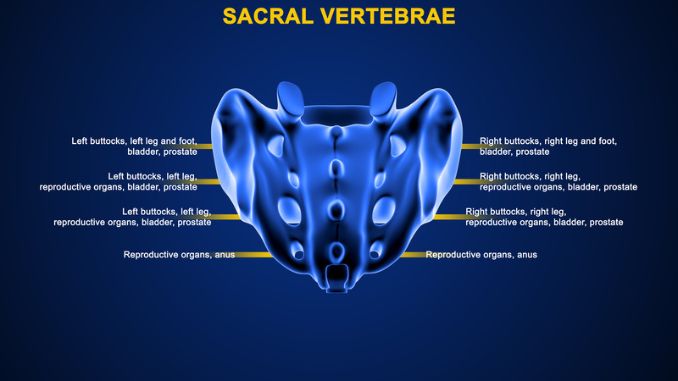
5. Coccygeal Spine
The coccygeal spine (coccyx or tailbone) is the final segment of the human vertebral column. It is made up of 3–5 fused vertebrae and is located at the base of the sacrum. Despite its small size, the tailbone plays an important role in supporting the body and allowing for movement.
The primary function of the coccyx is to support the body’s weight when sitting or standing upright. Despite its important functions, the coccyx can be susceptible to injury or damage.
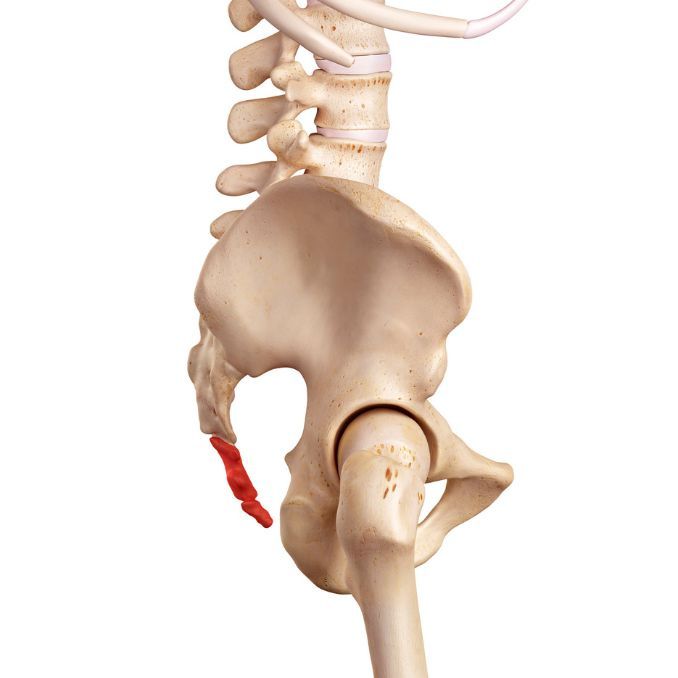
Common Thoracic Spine Mobility Issues
Many people experience common thoracic spine mobility issues due to the following reasons:
-
-
- prolonged sitting
- poor posture
- lack of physical activity
- age-related/degenerative changes
- injuries and trauma
- muscle imbalances
- medical conditions such as arthritis
- repetitive movements and overuse of the upper back
- stress and tension
-
It’s important to consult with a qualified physical therapist to accurately diagnose and address any specific thoracic spine mobility issues you may be experiencing.
a. Kyphosis
This is a common issue characterized by excessive rounding of the upper back, leading to a hunched posture. It can result from poor posture, a sedentary lifestyle, or certain medical conditions.
b. Thoracic Spine Stiffness
A stiff thoracic spine limits mobility in the upper back. This can occur due to factors like prolonged sitting, a lack of exercise, or muscle imbalances. Stiffness in this area can contribute to pain, reduced thoracic motion, and difficulty with daily activities.
c. Facet Joint Dysfunction
Facet joints are small joints located between adjacent vertebrae. Dysfunction or inflammation of these joints in the thoracic spine can cause pain, stiffness, and limited mobility.
d. Scoliosis
Although scoliosis can affect any part of the spine, it commonly involves the thoracic region. It refers to an abnormal sideways curvature of the spine, which can lead to imbalances in the muscles surrounding the thoracic spine and affect mobility.
e. Herniated discs
Although less common than in the cervical or lumbar spine, disc herniation can occur in the thoracic region. It involves the protrusion or rupture of an intervertebral disc, which can cause localized pain and potentially compress nearby nerves.
To address these issues, a combination of exercises, stretches, and manual therapy techniques can be used to improve thoracic spine mobility and reduce discomfort.
Lifestyle Changes to Improve Thoracic Mobility
Thoracic mobility is an important aspect of overall mobility and flexibility. Several lifestyle changes can help improve thoracic spine mobility.
1. Regular Exercise & Stretching
Specific exercise routines that focus on strengthening the back muscles and improving thoracic spine mobility, such as yoga and Pilates, are particularly beneficial. Simple stretching exercises like shoulder rolls and T-spine or spinal twists can also help improve mobility and reduce tension in the upper back muscles.
2. Proper Posture
Maintaining good posture throughout the day can help prevent stiffness and pain in the thoracic spine. Consistently slouching or maintaining improper posture can place excessive stress on the thoracic spine and contribute to mobility issues over time.
Paying attention to your posture during daily activities, such as sitting at a desk or driving, can improve thoracic mobility.
3. Incorporating Movement Breaks into Your Day to Avoid Prolonged Sitting
Making movement a priority throughout your day can improve your thoracic mobility and reduce discomfort from prolonged sitting. Prolonged sitting can lead to stiffness and discomfort in the thoracic spine, which can negatively impact your posture.
To combat this, take short breaks every hour or so to stand up, stretch, and move your body. This can include simple exercises like side bends to improve thoracic mobility.
Incorporating these lifestyle changes into your daily routine can help you maintain a pain-free back.

FAQ
What is a thoracic extension?
Thoracic extension refers to the backward movement of the upper back or thoracic spine. This is an important movement for maintaining good posture and preventing muscle imbalances that can lead to pain and injury.
Thoracic spine exercises can be done in a variety of ways, including using a foam roller, doing yoga poses like the cobra or upward-facing dog, or using specialized equipment like the thoracic extension machine.
These exercises can help increase flexibility and reduce tension in the neck, shoulders, and upper back.
Conclusion: Incorporate Thoracic Mobility into Your Desk Break
Incorporating thoracic spine mobility exercises into your daily routine can improve your overall posture and reduce the risk of chronic pain and injury. With the average person spending hours sitting at a desk each day, it’s important to take breaks and move your body to prevent stiffness and tension.
These thoracic mobility exercises only require 10 minutes of your time and can easily be done at your desk so take a break from your work and prioritize your health by incorporating thoracic spine mobility exercises into your daily routine.





